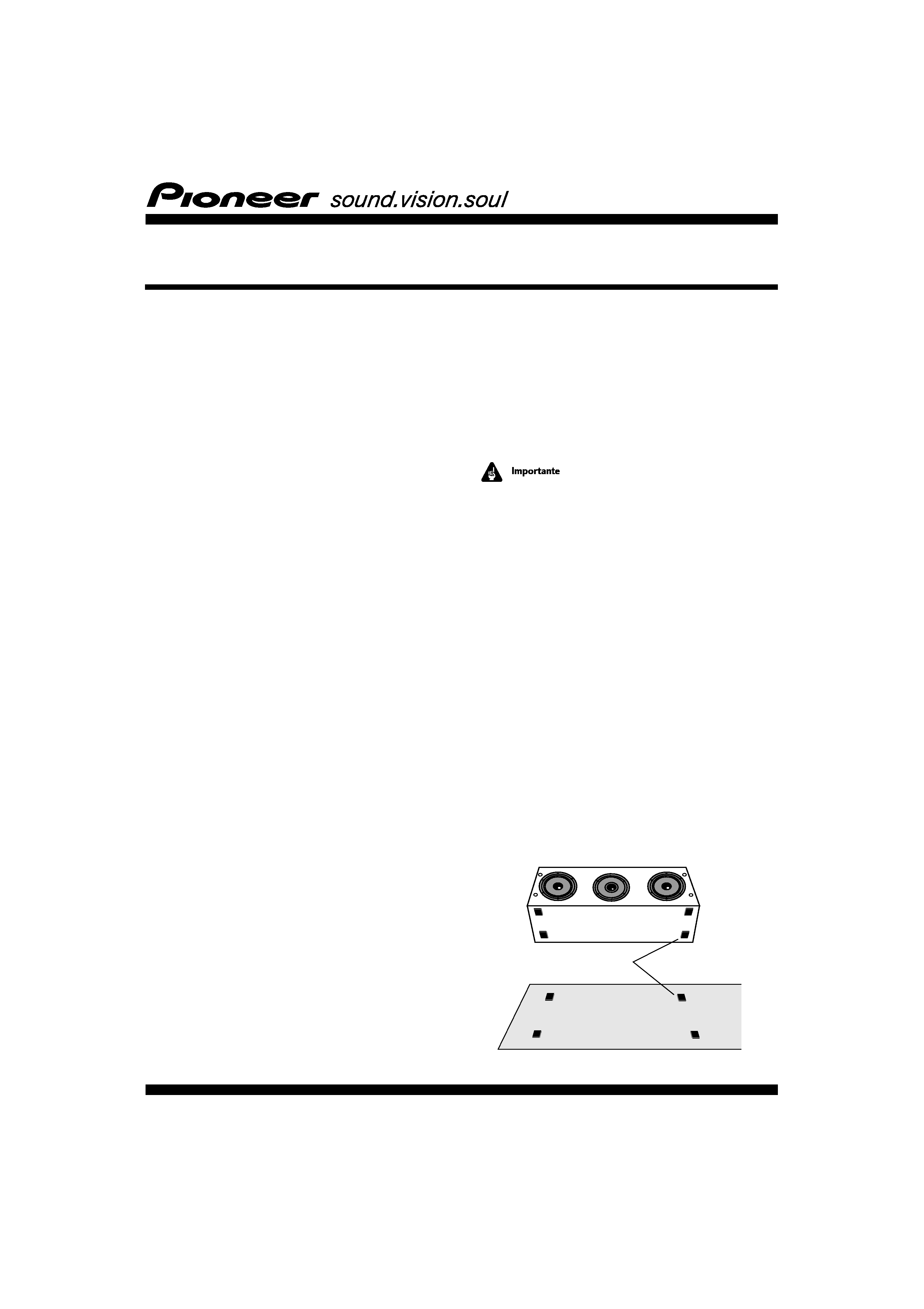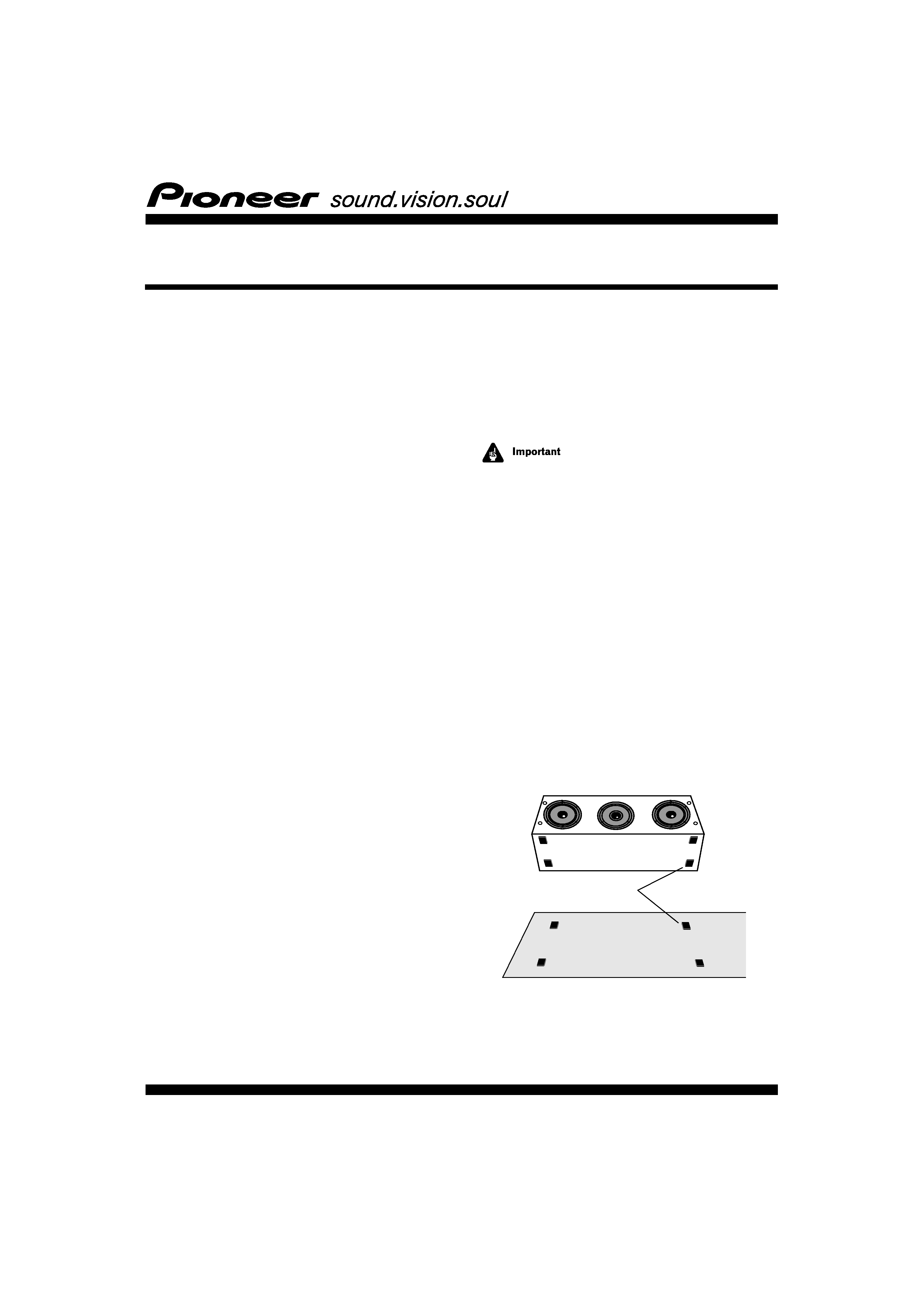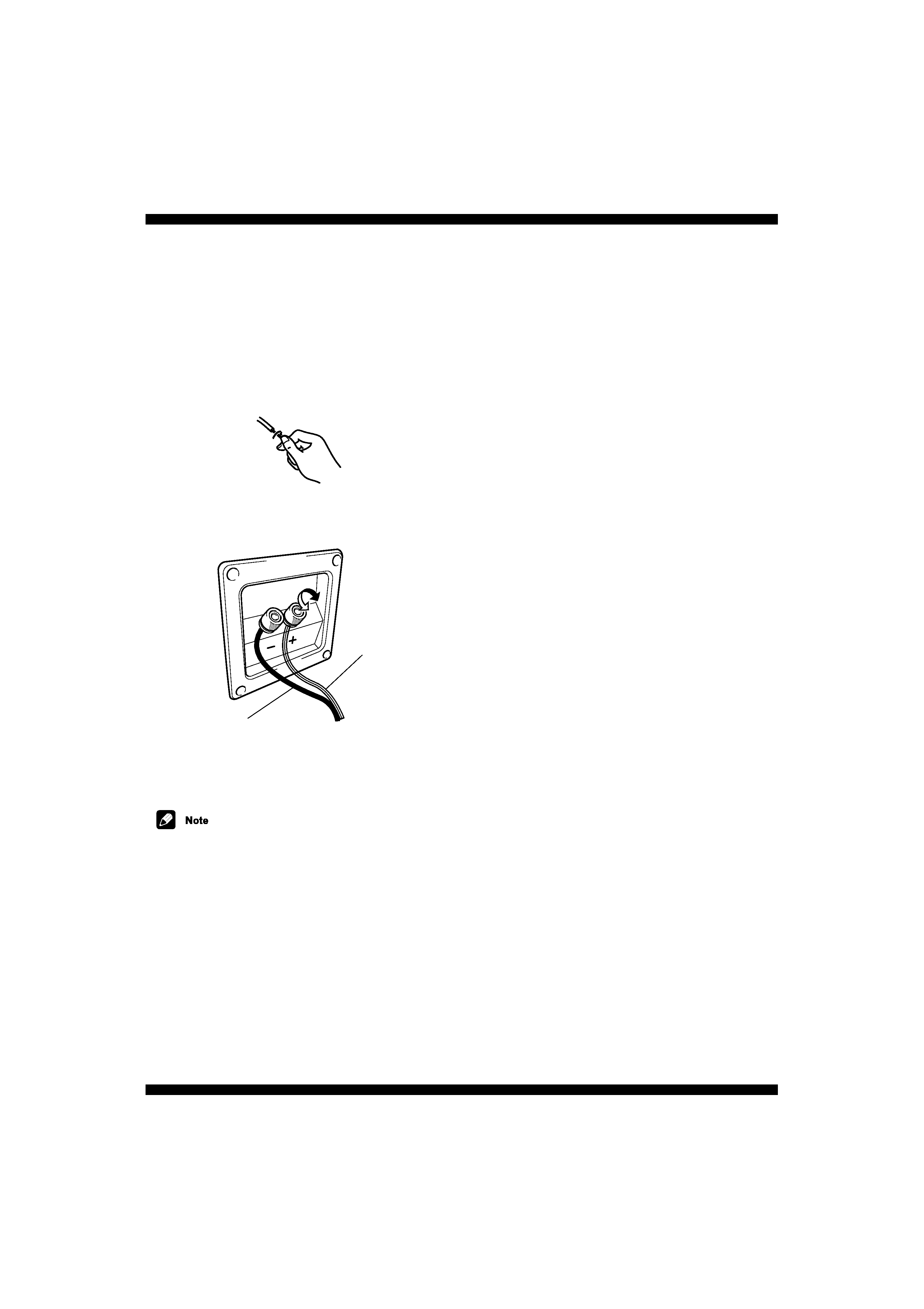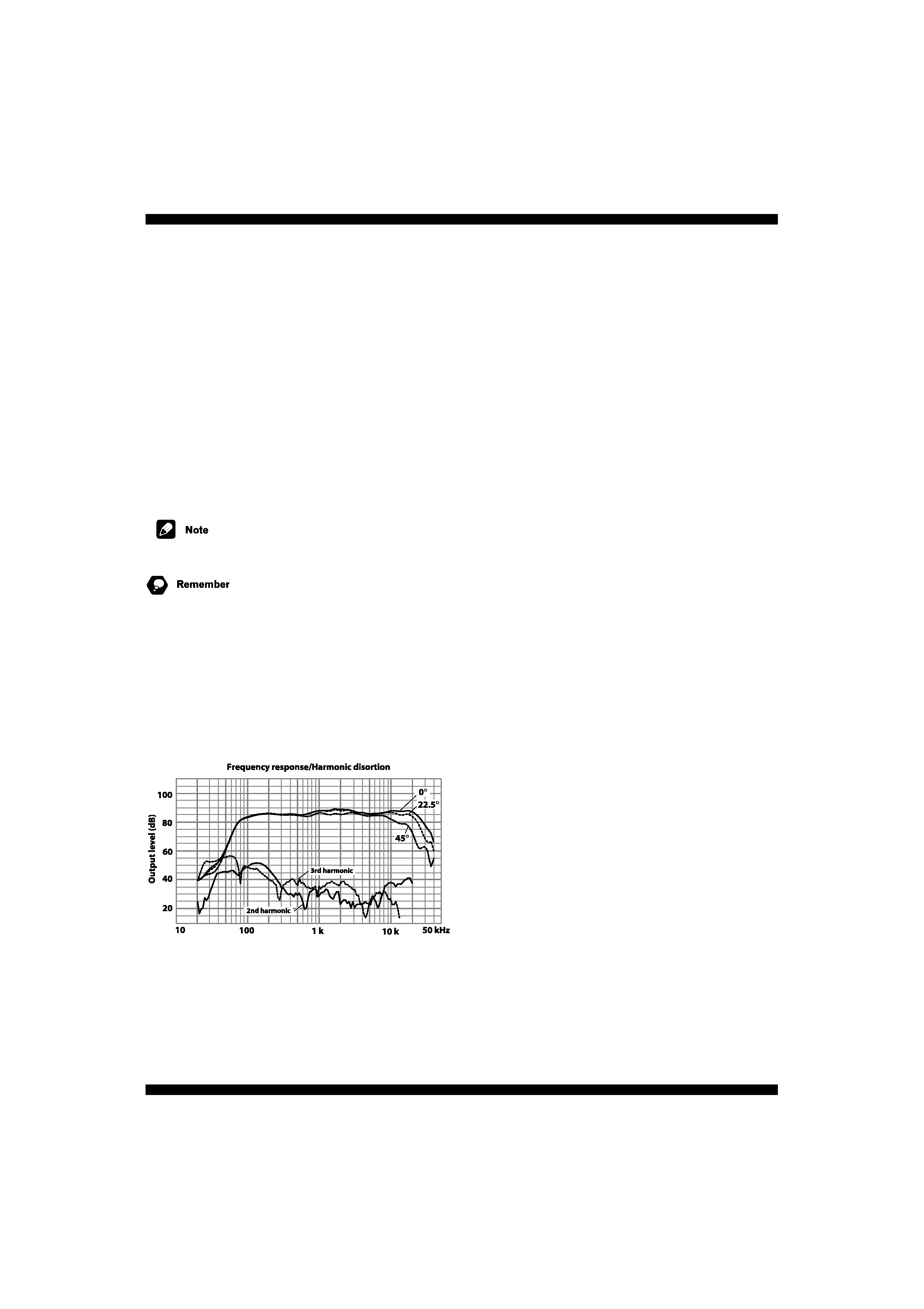
5
Instalación de los altavoces
Los sonidos que se reproduzcan a través de estos sistemas de
altavoces se verán fácilmente afectados sutilmente por las
condiciones del espacio de audición.
· No sitúe un altavoz donde pueda entrar en contacto con luz
solar directa y evite colocarlo cerca de calefactores y
aparatos de aire acondicionado. Esto puede provocar
sonidos alabeados y decoloración del armario del altavoz y
ocasionarle daños.
· Estos altavoces son pesados. Colocarlos sobre una
plataforma no adecuada es peligroso y siempre debería
evitarse.
Pioneer no asume ninguna responsabilidad por los daños que
puedan ocasionarse al ensamblar o montar indebidamente,
reforzar insuficientemente, usar inadecuadamente el
producto, actos de la naturaleza, etc.
Acoplamiento de las almohadillas
antideslizantes
Se suministra un juego de cuatro almohadillas autoadhesivas
antideslizantes, además de un juego de cuadrados
autoadhesivos de velcro que puede utilizar para aislar y evitar
también que se muevan los altavoces. Las almohadillas
antideslizantes deberían ser suficientes, por regla general. No
obstante, si le preocupa que el altavoz pueda caerse, use las de
velcro.
Uso de las almohadillas antideslizantes
1
Quite la cinta de apoyo de las almohadillas
antideslizantes y péguelas a cada una de las esquinas de la
base de cada altavoz.
Uso de los cuadrados de velcro
1
Quite la cinta de apoyo de los cuadros de velcro y
péguela a cada esquina de la base del altavoz.
2
Quite la cinta de apoyo de cada lado de cada cuadrado y
acople al altavoz.
Sistema de altavoces S-A5C
Almohadillas de velcro
Le agradecemos la compra de este producto Pioneer. Lea con
atención este manual de instrucciones para aprender cómo
utilizar adecuadamente este modelo. una vez que haya leído las
instrucciones, guárdelas en un lugar seguro para poderlas
consultar en el futuro.
Antes de comenzar
· La impedancia nominal de este sistema de altavoces es de 6
ohmios. Conecte el sistema de altavoces a un amplificador
que tenga una carga de impedancia de 4 a 16 ohmios (es
decir, un modelo en el que observe "4 -16
" en los termi-
nales de salida del altavoz).
· No toque los conos de los altavoces porque podrían dañarse
fácilmente.
Para evitar daños al sistema de altavoces que podrían resultar
de una sobrecarga en la entrada, le rogamos que siga estas
precauciones:
· No sobrealimente el sistema de altavoces más allá de la
capacidad máxima permisible.
· Al conectar o desconectar cualquier dispositivo de su AV,
asegúrese de que el amplificador está apagado.
· Al usar un ecualizador gráfico para enfatizar los sonidos
altos en la gama de frecuencias alta, no use un volumen
excesivo en el amplificador.
· No intente forzar un amplificador de baja potencia para que
produzca volúmenes altos de sonido (la distorsión armónica
del amplificador se incrementará y puede dañar el altavoz de
agudos).
Precaución: Instalación
· No coloque el altavoz sobre una superficie inestable. Podría
ser peligroso en caso de que cayera y podría dañarse el
equipo.
· Apague y desconecte su equipo AV y consulte las
instrucciones cuando conecte los componentes. Asegúrese
de que está utilizando los cables de conexión correctos.
· No coloque un televisor ni ningún otro equipo AV encima del
altavoz. Podría ser peligroso en caso de que cayera y podría
dañarse el equipo.
Precaución: en uso
· No use el altavoz para reproducir sonidos distorsionados
durante largos períodos de tiempo.Esto podría representar
un peligro de incendio.
· No se siente ni se ponga de pie, ni permita que los niños
jueguen con el altavoz.
· No coloque objetos grandes ni pesados encima del altavoz.












